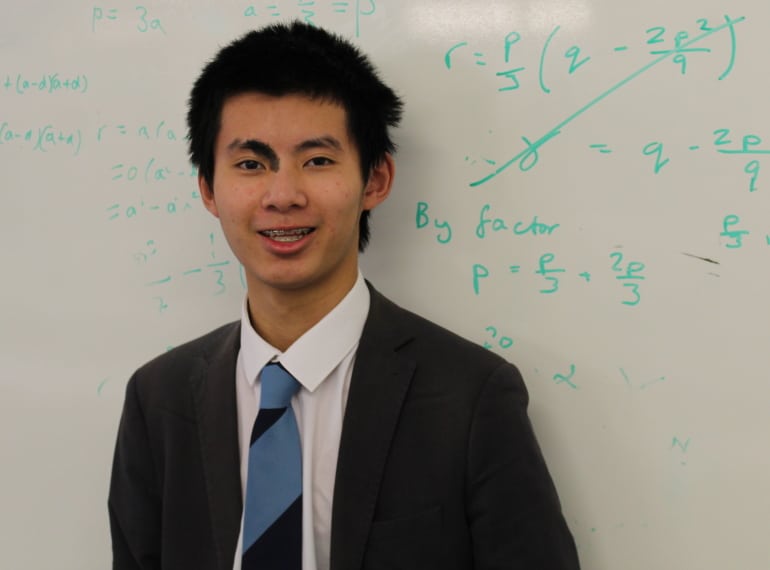
Year 13’s James Tan sealed his long and glittering record of success in Mathematics competitions at QE with a perfect score in this year’s Senior Maths Challenge (SMC).
He was one of nine Sixth Form mathematicians who performed so strongly in the challenge that they qualified for the élite British Mathematical Olympiad.
James’s tally of 125 out of 125 secured him the Best in School title, while Abhinav Santhiramohan, with a score of 112 out of 125 was Best in Year 12. To qualify for the Olympiad, candidates had to score at least 108 points.
Assistant Head of Mathematics Wendy Fung said: “James has scored perfect, or near-perfect, marks in every Maths Challenge he has sat, from Year 7 to Year 13. He has done phenomenally well throughout his School career and is so unassuming about his successes.”
In addition to the Olympiad successes, a further 29 boys qualified for the challenge’s other follow-on round, the Senior Kangaroo, which required a score of at least 91 points.
A total of 136 QE sixth-formers sat the challenge, which involved answering 25 multiple-choice questions in 90 minutes.
The top 40% of SMC entrants nationally in the country receive certificates with gold, silver and bronze awarded in the ratio of 1:2:3. At QE, however, there were 38 gold certificates, 65 silver and 22 bronze, which means that 92% of the School’s participants gained certificates.
“We are very pleased with the boys’ success at the SMC,” Miss Fung. “The challenge provides an opportunity for our senior boys to hone their problem-solving skills with fun, yet challenging, questions, and we are grateful to the UK Maths Trust for providing these opportunities. Many congratulations to Years 12 & 13 – we look forward to receiving the Olympiad and Kangaroo results in due course.”
She added that Abhinav had said that he particularly enjoyed solving the following question in the challenge (answer below):
 Question: Two congruent pentagons are each formed by removing a right-angled isosceles triangle from a square of side-length 1.
Question: Two congruent pentagons are each formed by removing a right-angled isosceles triangle from a square of side-length 1.
The two pentagons are then fitted together as shown. What is the length of the perimeter of the octagon formed?
A: 4
B : 4 + 2 √ 2
C: 5
D: 6 − 2 √ 2
E: 6
- Answer: E: 6
Explanation: The perimeter of the octagon is made from four long sides, two medium-length sides and two short sides. The long sides are given to be of length 1. The medium-length sides have length 1 √ 2 , using Pythagoras’ Theorem on the right-angled triangle which was removed from the original square. Therefore the length of each short side is 1 − 1 √ 2 . In total the perimeter has length 4 × 1 + 2 × 1 √ 2 + 2 × (1 − 1 √ 2 ) = 6.

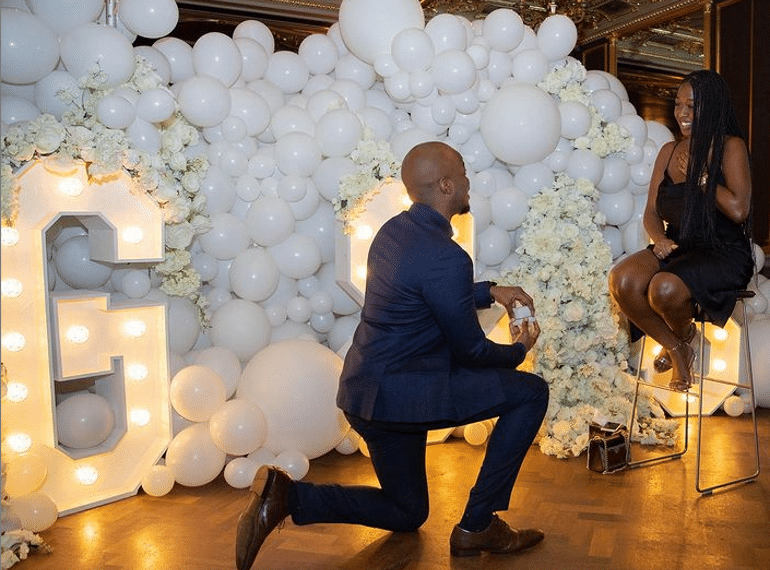
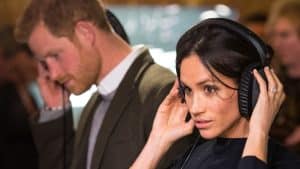 For the first episode of Archewell Audio, Megan explains, she and Prince Harry decided to enlist “a few friends and a lot of other folks” who “we admire, and get their thoughts on what they learned from 2020”. George (OE 2002-2009), whose relationship with Prince Harry stems from his long-standing role as an ambassador for one of the prince’s charitable foundations, joined singer Sir Elton John, American politician Stacey Abrams, presenter James Corden, and tennis player Naomi Osaka in making his contribution.
For the first episode of Archewell Audio, Megan explains, she and Prince Harry decided to enlist “a few friends and a lot of other folks” who “we admire, and get their thoughts on what they learned from 2020”. George (OE 2002-2009), whose relationship with Prince Harry stems from his long-standing role as an ambassador for one of the prince’s charitable foundations, joined singer Sir Elton John, American politician Stacey Abrams, presenter James Corden, and tennis player Naomi Osaka in making his contribution. earlier in the month, George, in fact, revealed his plans to get engaged – “I would love to give a shout-out to my beautiful fiancée, Sandra” – and was duly congratulated by both the Sussexes.
earlier in the month, George, in fact, revealed his plans to get engaged – “I would love to give a shout-out to my beautiful fiancée, Sandra” – and was duly congratulated by both the Sussexes. The following month, his acclaimed podcast, Have You Heard George’s podcast?, was nominated for, and subsequently won, a Peabody Award – one of the world’s oldest and most prestigious media prizes. His was the first British podcast ever to receive a nomination for a Peabody Award.
The following month, his acclaimed podcast, Have You Heard George’s podcast?, was nominated for, and subsequently won, a Peabody Award – one of the world’s oldest and most prestigious media prizes. His was the first British podcast ever to receive a nomination for a Peabody Award.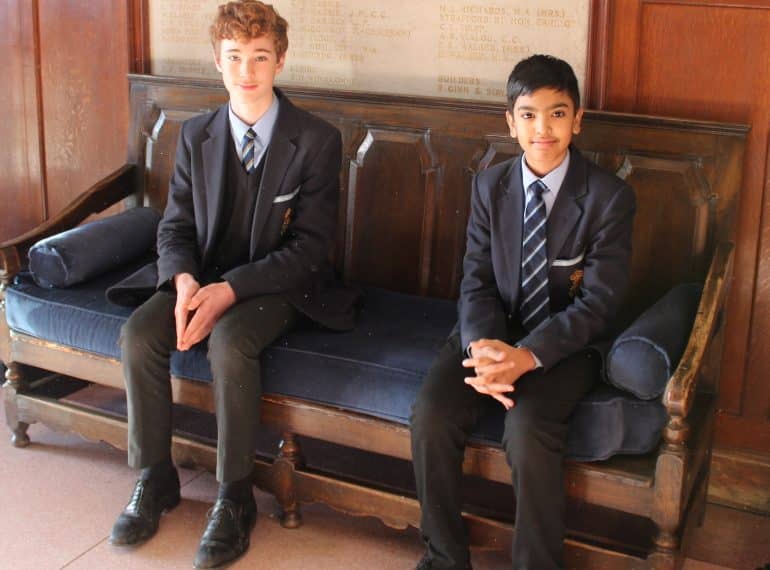
 ives Matter movement.
ives Matter movement.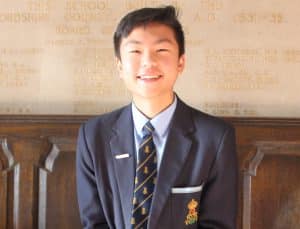 have jumbled-up words, but after rearranging them, the poem starts to make sense.
have jumbled-up words, but after rearranging them, the poem starts to make sense.
 In a special lecture delivered via Zoom, Chris Budd, Professor of Applied Mathematics at Bath, first explained to the whole year group what mathematical modelling is, with contributions also coming from a number of his PhD students. In a highly illustrated presentation, he then set out modelling’s crucial role in determining the best strategy for fighting the pandemic, even drilling down into issues such as how shopping can be made safer in a pandemic.
In a special lecture delivered via Zoom, Chris Budd, Professor of Applied Mathematics at Bath, first explained to the whole year group what mathematical modelling is, with contributions also coming from a number of his PhD students. In a highly illustrated presentation, he then set out modelling’s crucial role in determining the best strategy for fighting the pandemic, even drilling down into issues such as how shopping can be made safer in a pandemic. The professor started his talk by revealing that, although not an Elizabethan, he had been born in Friern Barnet and had moved to Harrow Weald at primary school age, before going up to Cambridge to read Mathematics.
The professor started his talk by revealing that, although not an Elizabethan, he had been born in Friern Barnet and had moved to Harrow Weald at primary school age, before going up to Cambridge to read Mathematics. Professor Budd went on to explain how modelling has been used in the case of the Covid pandemic. There are three basic questions, he said. Firstly, how will the epidemic grow if the authorities do nothing (which was the case for the 1918 Spanish ‘flu epidemic)? Secondly, how can we stop the number of cases growing? And third, how should we change our behaviour to keep safe?
Professor Budd went on to explain how modelling has been used in the case of the Covid pandemic. There are three basic questions, he said. Firstly, how will the epidemic grow if the authorities do nothing (which was the case for the 1918 Spanish ‘flu epidemic)? Secondly, how can we stop the number of cases growing? And third, how should we change our behaviour to keep safe? Modifying behaviour patterns is simply the most effective way to prevent the spread of Covid, which is why wearing masks, staying in closed bubbles and keeping 2m away from other people are the strategies the Government has been promoting most, he said.
Modifying behaviour patterns is simply the most effective way to prevent the spread of Covid, which is why wearing masks, staying in closed bubbles and keeping 2m away from other people are the strategies the Government has been promoting most, he said.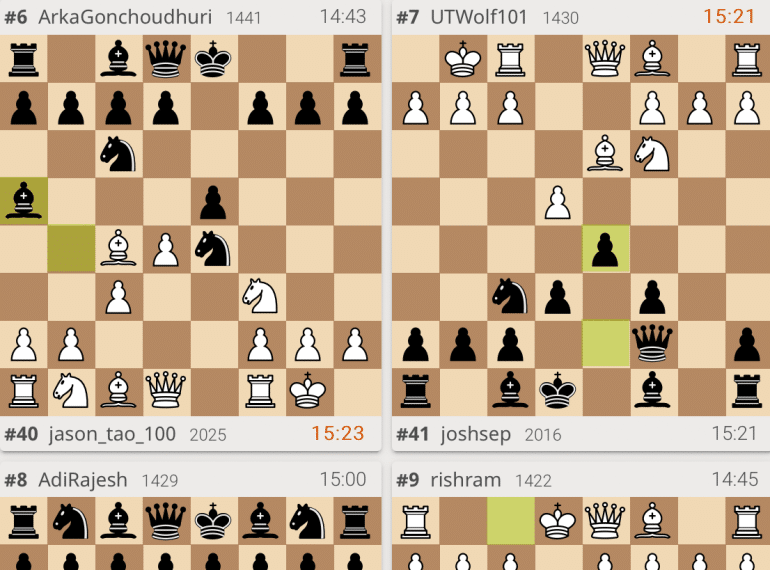
 The inaugural tournament champion was Year 7’s Aahan Shah, who won all five of his games to secure the title, beating Year 8’s Aryan Kheterpal in the final.
The inaugural tournament champion was Year 7’s Aahan Shah, who won all five of his games to secure the title, beating Year 8’s Aryan Kheterpal in the final.